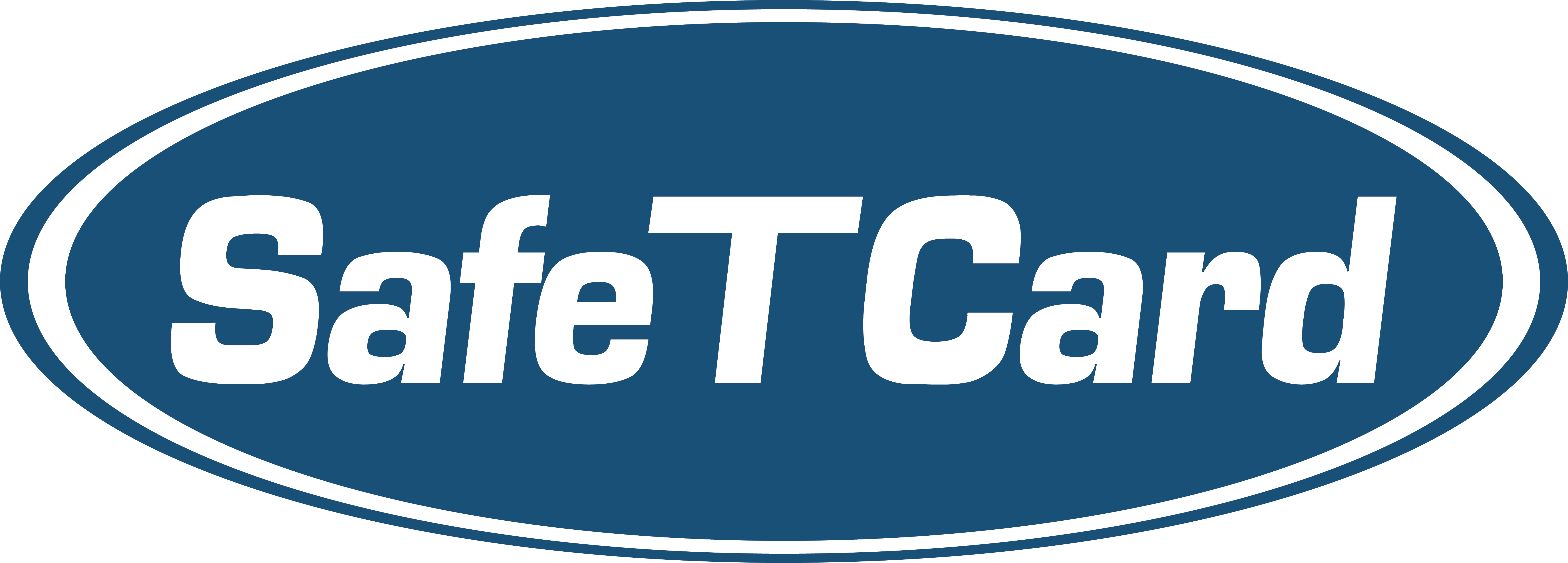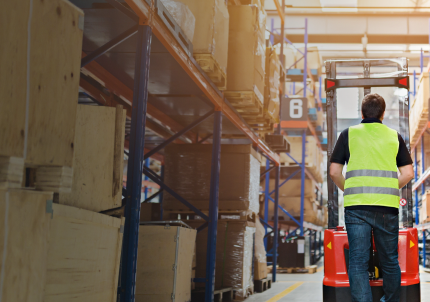In a time of workforce shortages and rising service demands, a silent crisis is draining billions from Australia’s frontline industries each year: dissatisfied, disengaged, and at-risk employees. A recent report by YouGov estimates the cost of dissatisfaction among frontline workers to be $15.8 billion annually. This figure reflects lost productivity, absenteeism, presenteeism, and staff turnover across critical public-facing sectors including health, aged care, community services, and government departments.
The research is based on average local weekly wages, hours lost to dissatisfaction, and the estimated number of frontline workers. The outcome is alarming, and yet unsurprising. Australia’s frontline workers often operate under stressful, high-pressure conditions, with limited support, safety concerns, and growing workloads.
From paramedics to Centrelink caseworkers, the frontline workforce is the beating heart of public service delivery. When they’re unsupported, everything from service quality to public trust and budget efficiency takes a hit. More than just an HR issue, dissatisfaction at this scale becomes a governance, operational, and financial challenge.
What’s driving the dissatisfaction? Key issues reported include poor workplace safety, limited recognition, lack of professional development, and ineffective communication from leadership. When employees feel unsafe, unheard, or under-valued, the results are predictable: absenteeism rises, engagement drops, and the best people leave.
Safety must be a priority. One of the most actionable areas to address is worker safety. For employees engaged in lone work or community visits, wearable safety devices and mobile duress solutions, provide a vital layer of protection. When used properly and supported by right training and culture, these tools offer frontline workers a vital layer of protection. For roles involving lone work or community visits, they enable staff to discreetly raise alerts, trigger emergency responses, and share real-time location. Such technology reduces anxiety, builds trust, and strengthens job satisfaction, giving staff confidence that help is close by.
Recent updates to Australia’s Work Health and Safety (WHS) legislation reinforce this need for prevention. Tougher penalties, stronger protections for psychological health, and clearer responsibilities for managing lone worker risks send a strong message: worker safety is not optional, and inaction is costly.
Equipping frontline teams with the tools and systems to stay safe is not just about risk mitigation, it’s a strategic advantage. When people feel protected, they stay longer, work better, and deliver more.
At a time when every dollar and every frontline worker counts, this $15.8 billion figure isn’t just a statistic, it’s a wake-up call. Addressing dissatisfaction isn’t optional. It’s a strategic imperative, one that leads to stronger teams, safer workplaces, and a more sustainable future for Australia’s frontline services.




